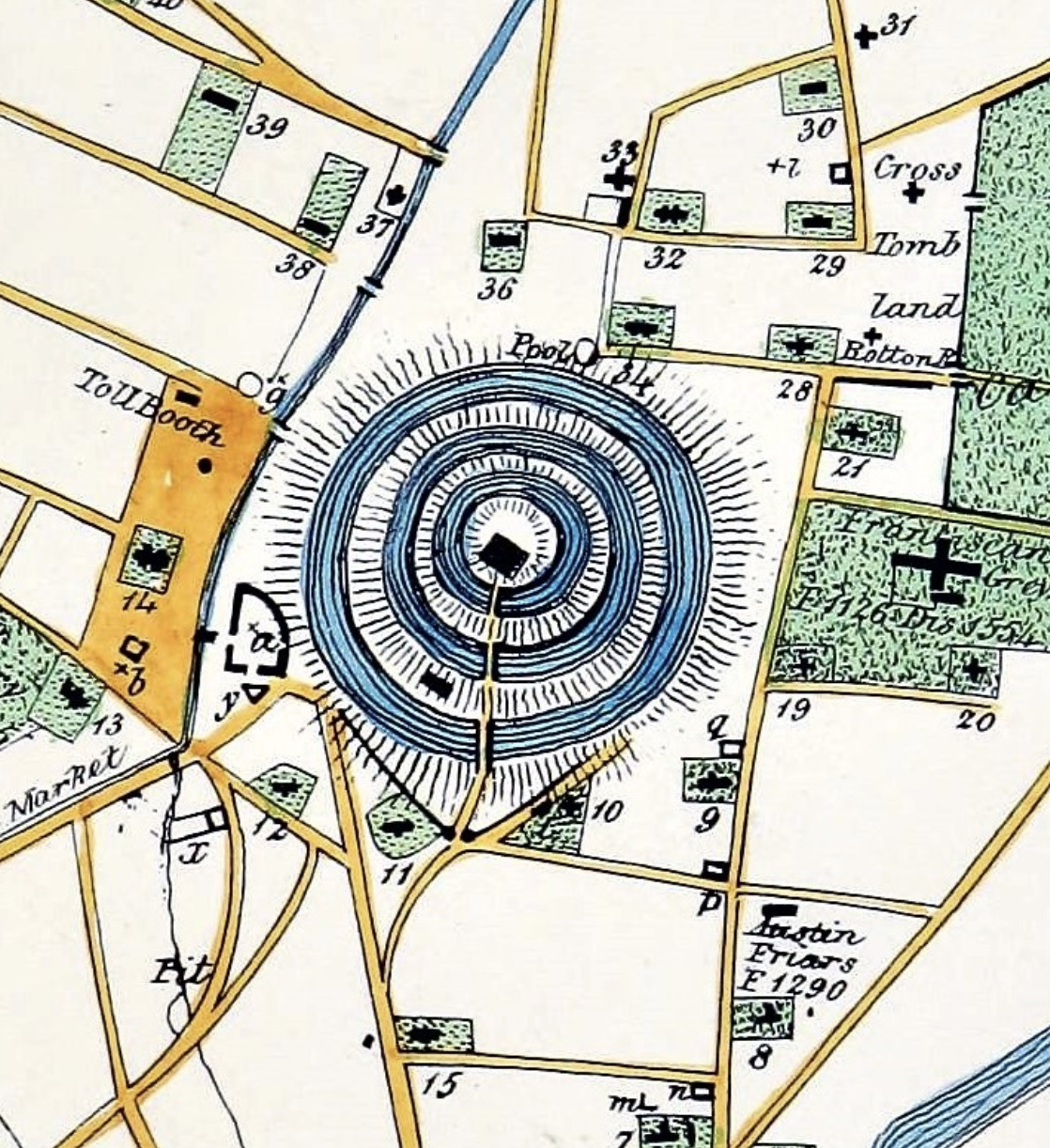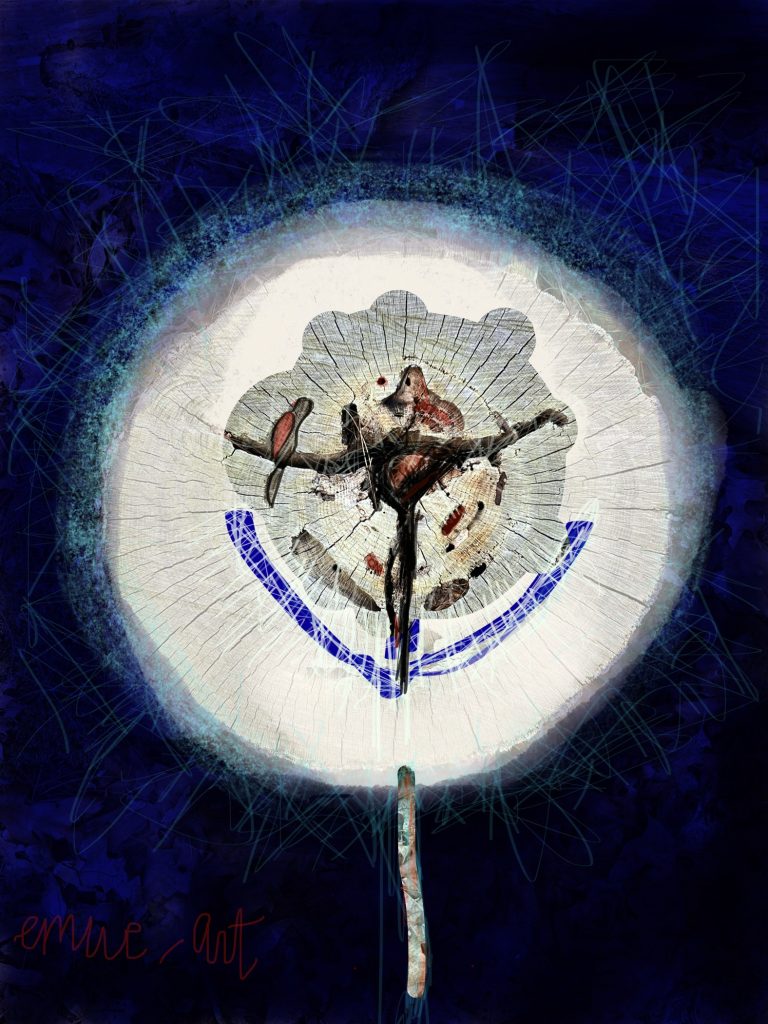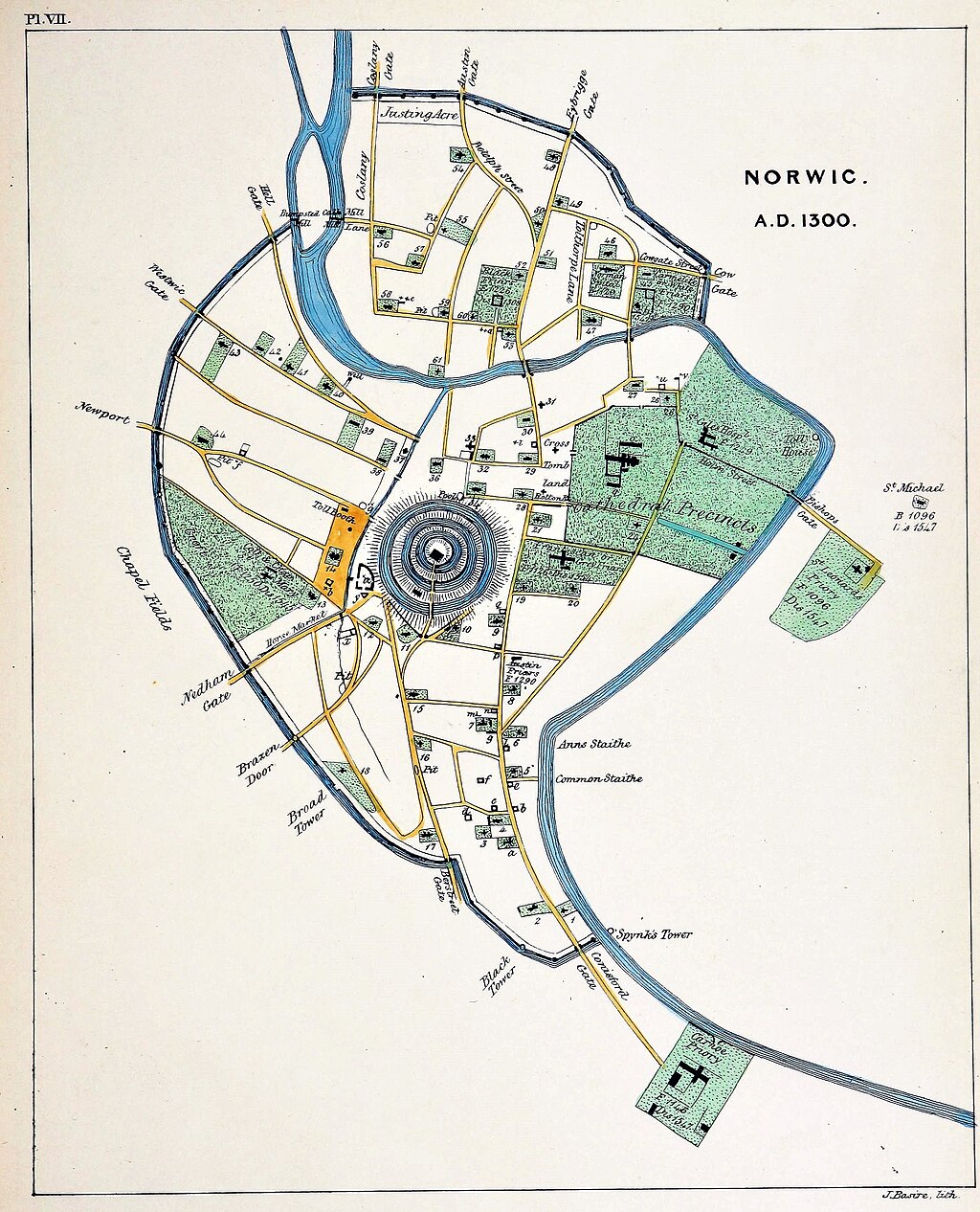There was a time when women undergoing spiritual transformation could take a vow of stability of place, and hole up – practically – in a cell in a church for the rest of their lives. Here they served a spiritual advisory role in their community. The “stability” was provided by a small cell with three windows: one for servants to bring them food and remove waste, one toward the altar of the church, and one to the outside, where community members would pop over and seek counsel.
The time was the Middle Ages, and the practice continued into the 16th century.
These women were called anchoresses (anchorites was the term used for the fewer-numbered male equivalents). After their vow, they lived the remainder of their lives in a small cell attached to a community church in deep contemplation and prayer. They gave up their previous identity and name, and often became known by the name of the church.
Why I am writing about this
I came to know about this role from a quick internet dip1 looking into the order my godfather’s23 founded monastic order – Order of St. Julian of Norwich4. There’s so much to learn, so please see this piece only as a quick introduction into a life of contemplation and meaning that has few modern equivalents, except maybe monastics, pod-casters, and remote-working coaches, leaders, and philosophers.5
Julian of Norwich, was responsible for the earliest surviving English language text written by a woman. No small feat. Her original identity is unknown, having taken the name of the church she quite practically entombed herself inside. Because of Julian’s unknown early identity, she could not be sainted, although her book includes prayers still used today in the church.
Dame Julian retained several female servants, which makes me wonder if she was of a wealthy class. That she knew how to write also belies this too.
Anchoresses were under no one’s spiritual authority, but did have entree into contemplative life via the Bishop who typically did the funeral-like rites at their transition.

This ‘center of town’ water circle needs a bit more of exploration. Subscribe to get notified when some art may pop up around this.
The space Julian of Norwich lived in had 3 windows. One for servants to bring food and remove waste, one that faces the altar of the church, and one that faced the outside community, where people could come and converse, asking for spiritual guidance.
I am not going to wrap up this essay in any classic way. In fact, I’d say it’s less an essay than a remembrance of a rememberance of a vision. That’s in part what artists do: weave forward into the present moment, via our unique lens, interests and skills, a thread from way back to now.
I hope this tweaks your interest and also spurs some quality searches on the Internet, where you DO NOT STOP at the AI summary, but go deeper to traditional historical sources.
Also, if you are inspired by the ideas touched upon here, please consider donating to support my work. Every bit helps and I thank you.

FOOTNOTES & SUB-SUBTEXT 😉
- Here’s another quick internet dip! A self-referential search into the weave from which this website is made: ideas, history, wonderings, code, images and original art. ↩︎
- John Swanson was an deeply thoughtful and creative man who reinvented himself several times before becoming a recluse in his final 17 years. I had asked him to become my godfather when I entered the Catholic church around 9 years old and he agreed, even though he was not Catholic. ↩︎
- More info in another section of an essay “chosen & lapsed catholic.” ↩︎
- More on Order is here. ↩︎
- Bold assertion, I know. But think about the apparent holed-up nature of some remote-working folks: they “see” and are seen via the windows of screens, not necessarily experienced in person. ↩︎


